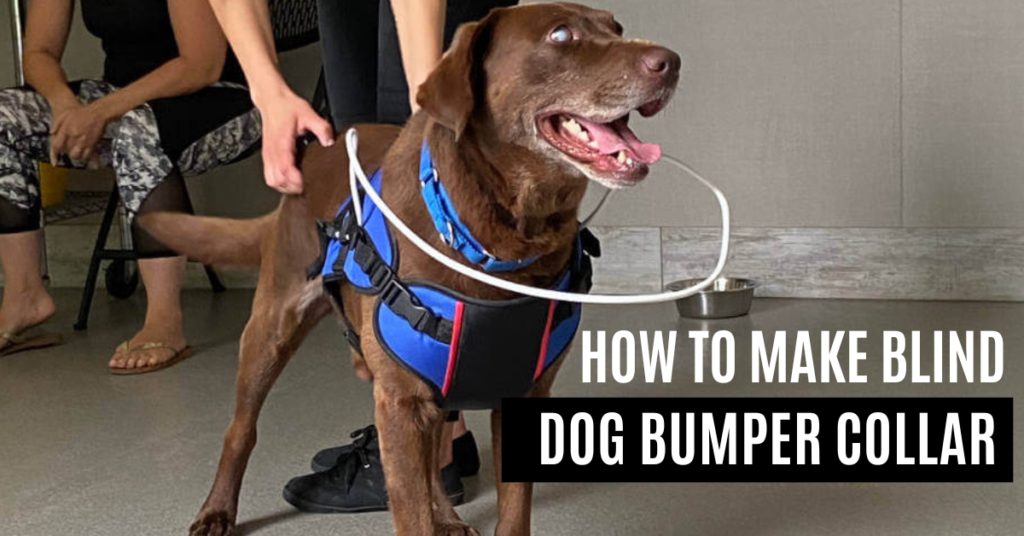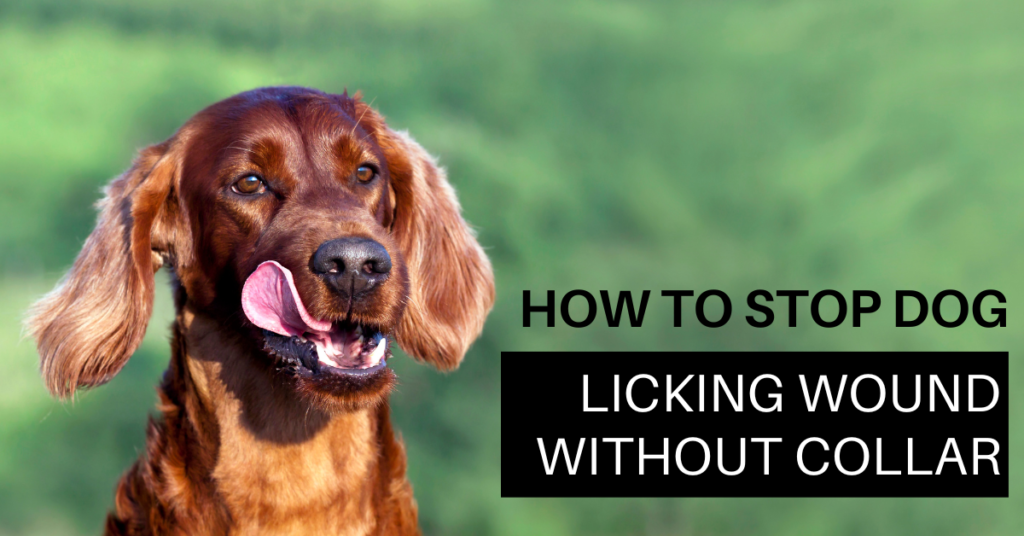Grooming a dog that displays biting behavior can be a daunting task, but it’s essential for their health and well-being.
Whether it’s due to fear, past negative experiences, or discomfort, understanding the root causes is crucial to addressing this issue.
Grooming a dog that bites requires a patient and gradual approach, focusing on building trust, desensitization, and seeking professional guidance if needed.
We will explore practical tips and techniques to How To Groom A Dog That Bite and transform grooming sessions into a positive and stress-free experience for both you and your furry companion. With a patient and gentle approach, we’ll help you navigate through the challenges and establish a trusting relationship with your dog.
How To Groom A Dog That Bite – Comprehensive Guide
Dogs are known to be one of the most loyal and affectionate pets. Here is step by step guide on how to groom a dog that bites.
1- Build Trust And Rapport
- Spend quality time with your dog, engaging in activities they enjoy, to establish a strong bond based on trust and positive experiences.
- Offer treats, gentle petting, and praise to create a positive association with your presence and touch.
2- Gradual Desensitization
- Introduce grooming tools slowly and gradually to help your dog become comfortable with them.
- Start by showing them the tools without using them, then gradually progress to touching them gently with the tools while rewarding calm behavior.
3- Create A Calm Grooming Environment
- Choose a quiet, well-lit space where your dog feels safe and comfortable.
- Play soft music or use aromatherapy to create a relaxing atmosphere that can help reduce anxiety.
4- Practice Handling And Touching Exercises
- Gradually acclimate your dog to being touched in areas that need grooming, such as the ears, paws, and tail.
- Start with brief, gentle touches, rewarding your dog for remaining calm, and gradually increase the duration and intensity of the touches.
5- Introduce Grooming Sessions In Short Increments
- Begin with brief grooming sessions, focusing on one specific area at a time.
- Use positive reinforcement, such as treats or praise, to reward your dog for allowing the grooming to take place without biting.
6- Take Breaks And Provide Distractions
- If your dog becomes anxious or stressed during grooming, take short breaks to allow them to relax and regroup.
- Offer distractions, such as toys or puzzle feeders, to keep their focus away from any potential anxiety triggers.
7- Seek Professional Help If Needed
- If your dog’s biting behavior persists or intensifies despite your efforts, consult a professional dog trainer or groomer experienced in working with challenging dogs.
- They can provide expert guidance and implement behavior modification techniques tailored to your dog’s specific needs.
Remember, the key to successfully grooming a dog that bites is patience, consistency, and ensuring their comfort and safety throughout the process.
Reasons Why Dogs Bite
Understanding why dogs bite is crucial in preventing such incidents from happening.
- One reason why a dog may bite is fear. When a dog feels threatened or intimidated by something or someone, it may resort to biting as a form of self-defense.
This could happen when unfamiliar people approach them too quickly or if they feel trapped in an uncomfortable situation.
- Another reason why dogs may bite is pain or illness. Dogs that suffer from an injury or health condition may lash out due to discomfort and irritability caused by their condition.
- Moreover, some dogs are prone to aggression due to their breed characteristics. For example, some breeds have been historically bred for guard duty and protection, which can lead to aggressive behavior towards strangers.
- It’s also essential to note that poor socialization during puppyhood can result in behavioral issues like anxiety and aggression towards people.
Understanding the reasons why dogs might bite helps pet owners take necessary precautions before grooming them regularly.
Dealing With An Aggressive Dog During Grooming
Dealing with an aggressive dog during grooming can be a challenging experience for any pet owner. It is crucial to understand that aggression in dogs may stem from fear, anxiety or pain. Therefore, it is essential to approach the situation with patience and compassion.
You should always ensure your safety by using protective gear such as gloves and goggles. Try to remain calm throughout the grooming process as dogs often mirror their owners’ emotions. Additionally, use positive reinforcement techniques such as treats and praise when your dog displays good behavior.
It’s also vital to recognize signs of stress or discomfort in your dog and take breaks accordingly. If necessary, enlist the help of a professional groomer who has experience dealing with aggressive dogs.
Avoid using physical force or punishment methods while grooming an aggressive dog as this will only escalate their aggression further. Instead, focus on building trust with your furry friend through gradual desensitization training sessions.
Taking a patient and compassionate approach when dealing with an aggressive dog during grooming can lead to a successful outcome for both you and your pet.
Grooming Techniques for Dogs That Bite
When it comes to grooming a dog that bites, there are some techniques you can use to make the process safer and less stressful for both you and your furry friend.
- Always ensure that you have the necessary tools on hand before beginning the grooming session. This includes sturdy gloves, a muzzle (if necessary), and sharp clippers or scissors.
- It’s important to remember that dogs bite out of fear or discomfort, so try to keep them as calm as possible during the grooming process. You can do this by speaking in a soothing tone and rewarding good behavior with treats.
- Start slowly by brushing their fur gently and gradually work up to more intense grooming tasks like trimming nails or clipping hair. If they start showing signs of aggression, take a break until they calm down before continuing.
If your dog is particularly difficult to groom, consider enlis
How To Handle Difficult Behaviors During Grooming
Dealing with an aggressive dog during grooming can be a challenging and potentially dangerous experience.Here are some techniques for handling difficult behaviors during grooming.
- Always start by establishing trust between you and the dog. Show them that you’re not a threat by using calm body language, speaking softly, and offering treats when they exhibit good behavior. This will help to build a positive association with grooming.
- Next, try desensitization techniques such as slowly introducing the tools or equipment one at a time while offering rewards for calm behavior. Gradually increase exposure over multiple sessions until the dog is comfortable with each step.
- If your dog becomes agitated or aggressive during grooming, take breaks if necessary to allow them to calm down before continuing. Don’t force any actions on the dog that could escalate their fear or aggression.
- Remember never use physical punishment as it may cause more harm than good including increasing anxiety levels which lead into biting tendencies.
Conclusion
Grooming a dog that bites can be a challenging task, but it’s not impossible. It requires patience, preparation, and safety precautions to ensure the safety of both the groomer and the dog..
If you’re dealing with an aggressive dog during grooming, don’t hesitate to seek professional help from a veterinarian or animal behaviorist. They can provide guidance on how to groom a dog that bites.
Remember that regular grooming is crucial for your furry friend’s health and happiness. So don’t let fear stop you from taking care of them properly! With proper techniques and preparation, even biting dogs can become comfortable with grooming over time.
FAQs
How do groomers handle dogs that bite?
Groomers employ various techniques such as muzzle use, positive reinforcement training, sedation if necessary to handle dogs that exhibit biting behavior.
How do you groom a dog that won’t let you?
When grooming a dog that won’t cooperate, patience and positive reinforcement techniques can be used to acclimate them to the grooming process gradually..
How do you groom a dog that bites the brush?
When grooming a dog that bites the brush, it’s essential to use desensitization exercises, and gradually introduce the brush while rewarding calm behavior to help them overcome their fear or discomfort.
Why do dogs bite when grooming?
Dogs may bite during grooming due to fear, pain, or discomfort associated with certain grooming procedures, as well as past negative experiences or a lack of proper socialization and training.
How do I teach my dog to lick and not bite?
To teach your dog to lick and not bite, provide appropriate chew toys and redirect their biting behavior to those toys consistently, while rewarding and praising them for licking behavior.



